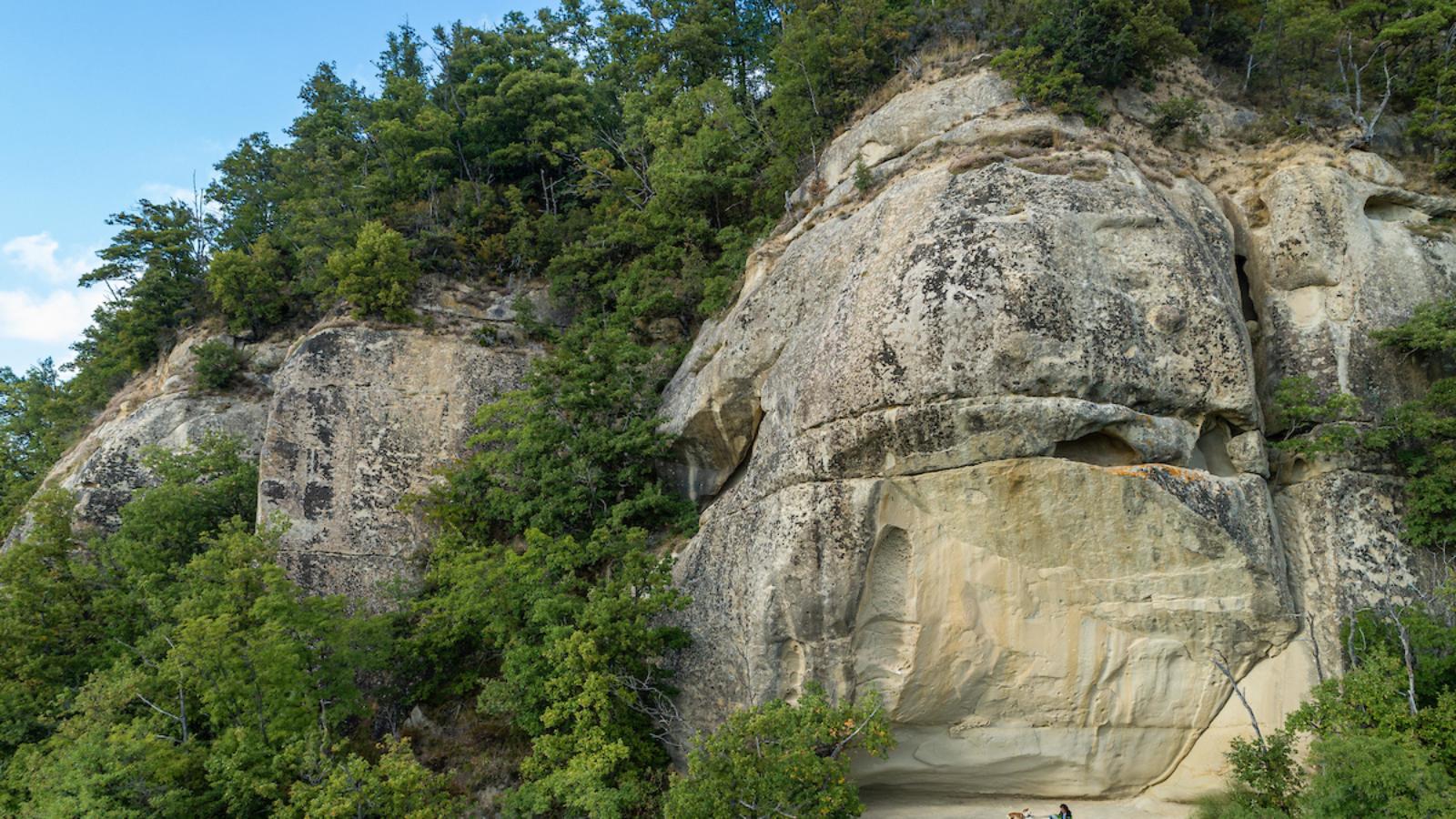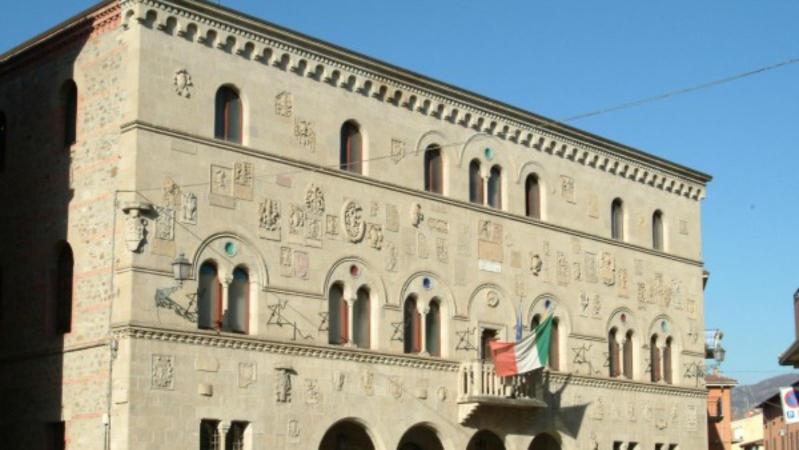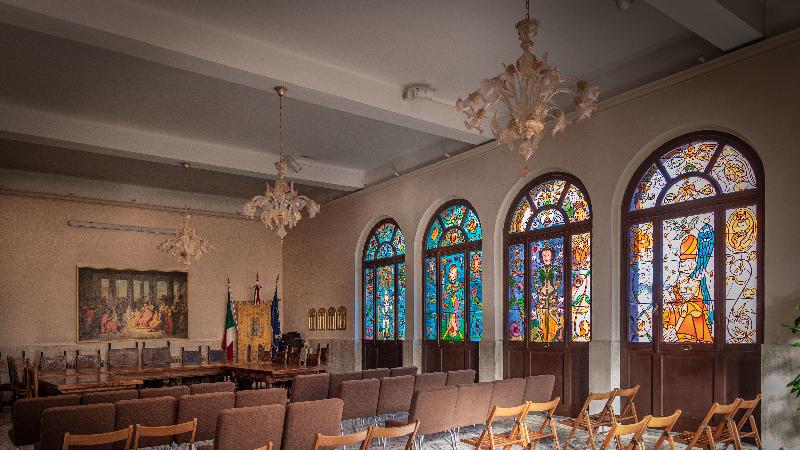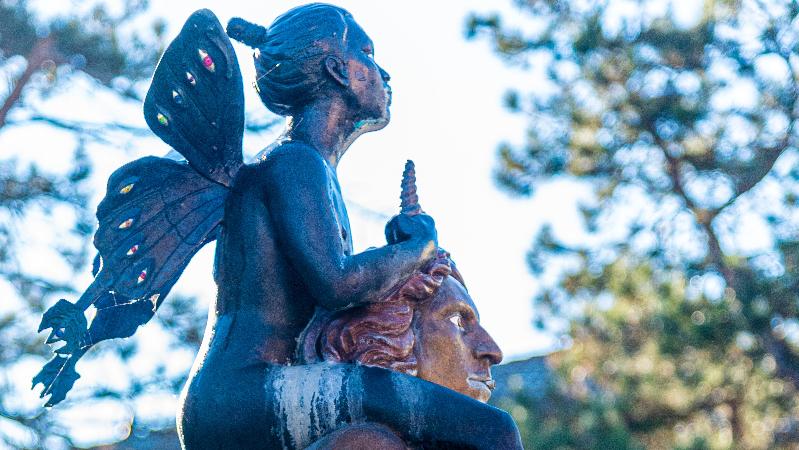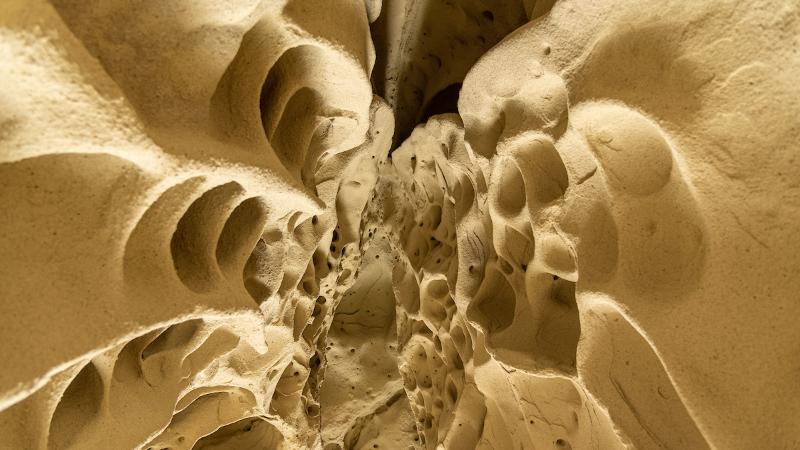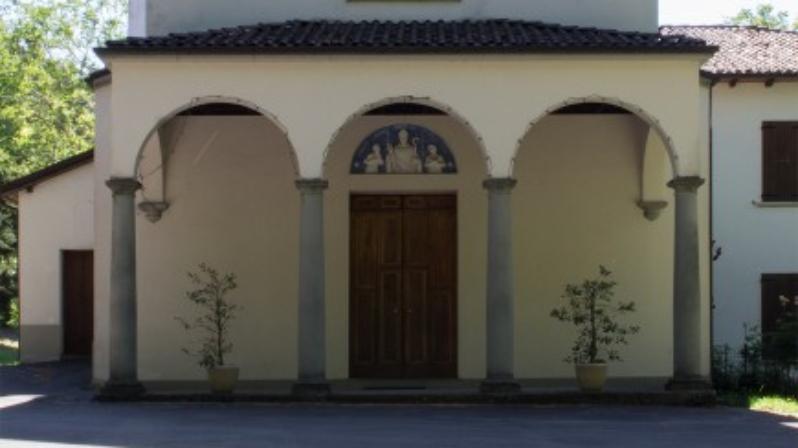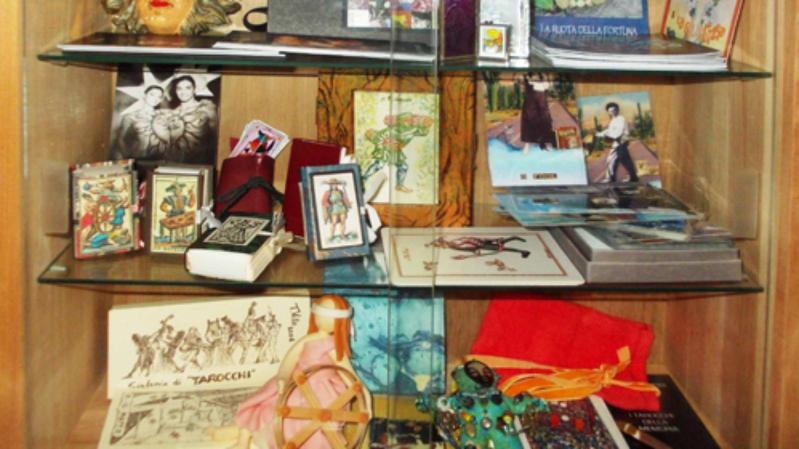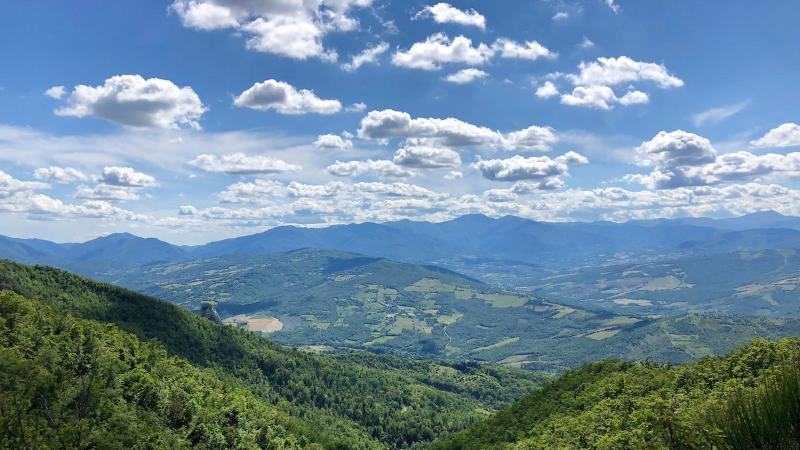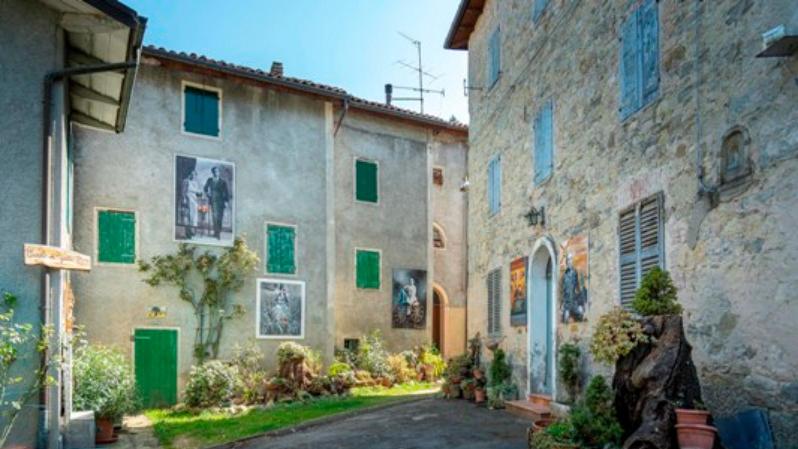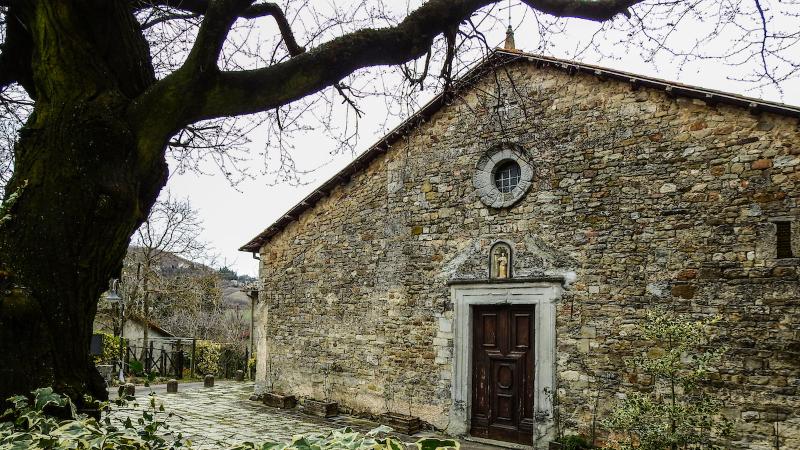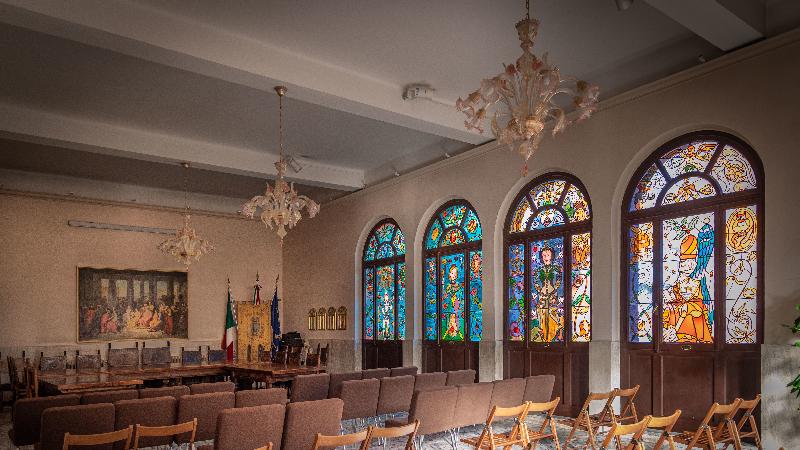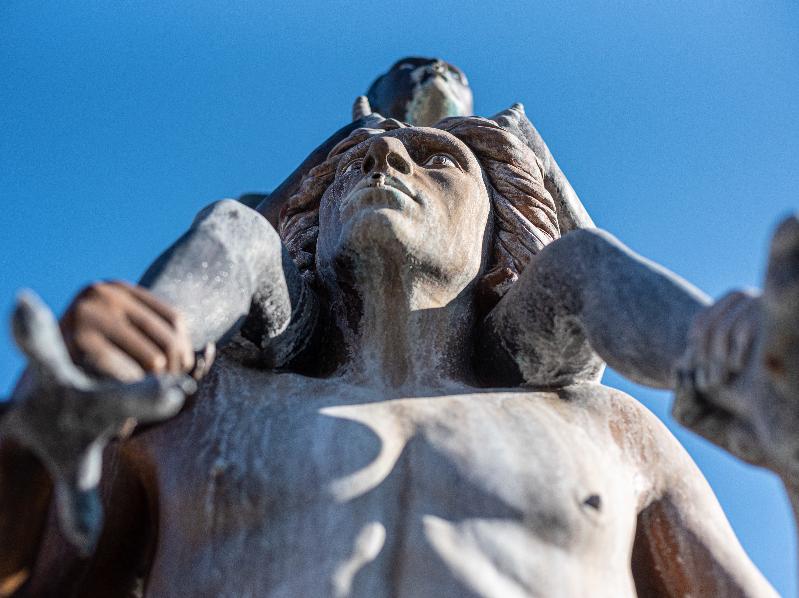
Vergato is the administrative headquarters of the Unione dell'Appennino Bolognese and is one of the main settlements in the Reno river valley.
The city is situated in an alluvial basin where the Vergatello stream joins the Reno River.
The historical roots of this place are very ancient, even dating back to Etruscan and Roman times. The word "vergato" was used in ancient times to indicate a striped fabric and it seems that this is the origin of the town's name.
Vergato's main square houses the magnificent Palazzo dei Capitani della Montagna, which is currently the seat of the municipal administration.
Originally, the palace looked like a 15th-century house: it took on its current appearance thanks to a renovation process after severe damages occurred during World War II. Visible on the facade of the palace are the coats of arms of the families who took turns in the office of captain. Of particular interest are the four magnificent glass windows, created in 1998 by Master Luigi Ontani, that adorn the large windows of the City Council Chamber. Inside the palace, you will also find a museum that houses some of Ontani's works. In addition, it is possible to admire a beautiful fountain also realized by him, located in the square outside the train station.
Near the town lies Liserna, the place from which Vergato originated. Behind Liserna rise the Aldara and Pero mountains, crossed by the Gothic Line. A scenic marked path leads to the summit of Mount Pero, passing through ancient defensive fortifications such as trenches, shelters and communication trenches.
Continuing along the road toward the mountain, you reach Cereglio, with its ancient Borgo di Suzzano, characterized by its typical Apennine sandstone houses. The "Vie del Sole" (Sun Roads) depart from the village, five hiking trails that allow you to explore the surrounding area's natural highlights (some are suitable for everyone, while others are more technical). Not far from here, among chestnut groves, the Cerelia spring gushes forth, its sulfurous waters already known to the ancient Romans for their beneficial properties.
You cannot miss a visit to the Pieve di Roffeno, located in the upper side of the Vergatello river valley, along the ancient Via Nonantolana. This church, dedicated to San Pietro, is an example of rural romanesque architecture from the 12th century; inside you can admire an important baptismal font and frescoes dating back to the 17th century.
Also recommended is a walk through the ancient village of Tolè, where more than a hundred works of art including sculptures, paintings and murals created by local artists and others can be admired. The village is also renowned for potato cultivation. Interesting is the discovery of the charming Tower-Houses, such as the Monzone Tower, dating back to the 14th century and containing the remains of a bertesca, the Poggio di Susano, also dating back to the 14th century, the Prunarolo Tower and the 16th-century Berti and Casalino houses.
Information
Municipality
Piazza Capitani della Montagna 1, 40038 Vergato (BO)
Phone +39 051 6746730
Email urp@comune.vergato.bo.it
Web www.comune.vergato.bo.it


